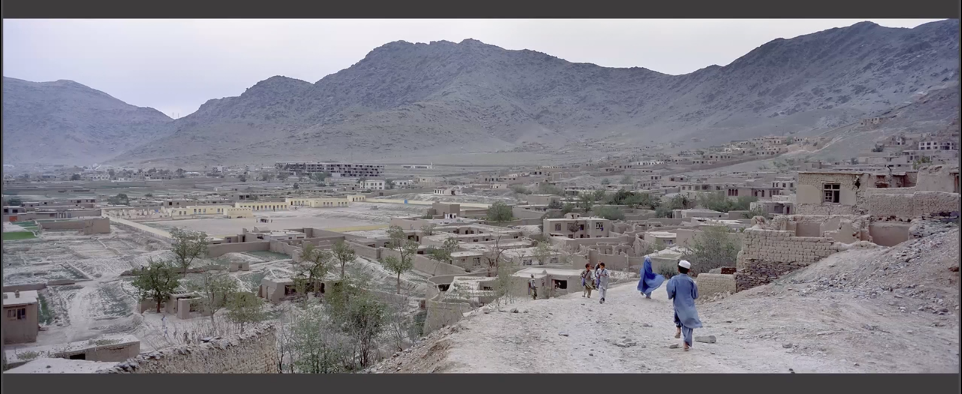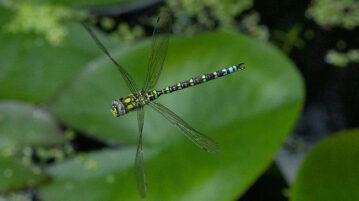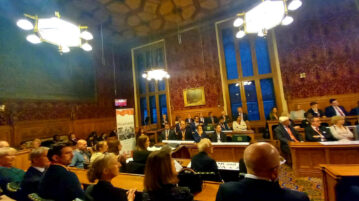On January 19th, the Royal Society for Arts in Scotland hosted a special online event on ‘Faces of Kabul’ featuring Heartstone photographer, Nick Sidle, who produced it in 2002, six months after 9/11. He was joined by special guests, Imam Dr Syed Razawi and Lt Col (retd) Helen Wildman.

The RSA describe themselves as ‘a unique network of changemakers enabling people, places and the planet to flourish’. Jamie Cooke, Head of RSA Scotland, opened the event and commented on the importance of ‘Faces of Kabul’ as a route to fulfil some of the RSA’s core principles – to reflect humanity, the sense of creativity and how people can be brought together to make changes. The RSA seeks to increase global connectivity and this event was broadcast worldwide through the organisation’s network.
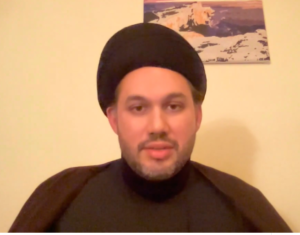
Imam Dr Sayed Ali Abbas Razawi is the Director-General and Chief Imam of the Scottish Ahlul Bayt Society. He is an Associate at the Project on Shi’ism and Global Affairs at Harvard University’s Weatherhead Center for International Affairs. He is also International Ambassador for Religions for Peace. His work constructively engages issues of contemporary social affairs as a passionate civic member and active Muslim interlocutor at the local, national, and international levels. He said:
‘…It is very humbling to be here. You look at some of these pictures and it is profound. they are very moving. As I was going through the pictures, it was almost an explosion of emotions…the photodocumenary brings out those types of emotions I did not know one could feel just by looking at pictures.
One thing I found very impressive in the storytelling – photodocumentary transcends language, nationality and culture particularly when you look at the context, six months after 9/11, when you find there was a hype of Islamophobia and a disconnect between different cultures. The photos taken are so profound that 20 years later it still holds the same value it would have done 20 years ago. Pictures speak a thousand words and it really is when you see some of those pictures which have not been manipulated but taken ‘of the moment’ , what you do find is a connection. The story opens up in your heart an affinity to people who are so many thousands of miles away.
The pictures paint a story. I would not have appreciated the power of imagery had I not seen this.
You will see in the course of this photodocumentary and the commentaries, as these images evolve, you will be moving through a rollercoaster of emotions. Sometimes, it is important for us to feel those emotions. When you do not speak the language, and are not well versed with the culture and perhaps we don’t understand the religious norms, the best thing is to see the faces, the eyes, the expressions of people through imagery. These are pictures that help you remove unconscious biases…
These are pictures of hope and show people are connected by spirit. This is very important to stimulate social change.
Once we have felt, we can then better understand each other and have a conversation which will be lasting….’
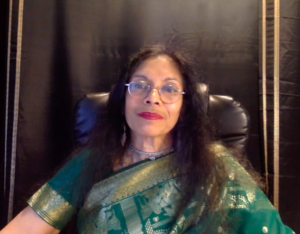
Sitakumari presented the background to the story, how the special access was secured six months after 9/11, who was involved and how it took shape. At that time, the level of Islamophobia worldwide had significantly increased and this gave an obvious reason for this to be an important and relevant story for Heartstone to cover. This combined with Nick’s policy of not manipulating or staging images were both important in helping to secure the access for him to join the British contingent of ISAF, the NATO-led international peacekeepers, and ’embed’ with one of the regiments stationed in Kabul. This allowed Nick to follow the soldiers in their daily patrols and capture life on the streets, in schools and other settings. This was a unique period of time and allowed audiences in the west to step into the world of Kabul and Afghanistan in a way they would otherwise not have been able to.
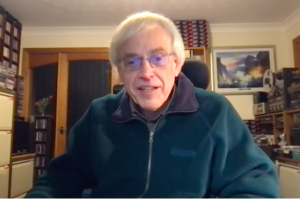
The conversation was then picked up by Nick Sidle who spoke of the arrival in Kabul and what happened next.
Working with the soldiers of ISAF meant he was able to capture a story of daily life in the immediate aftermath of the end of the Taliban regime.
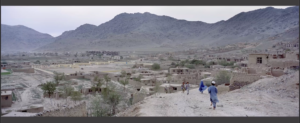
He initially set the scene with images of Kabul, both the landscape and then leading into street scenes.
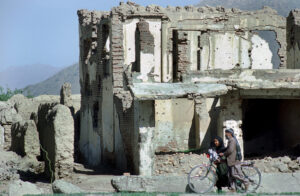
He described how the photodoumentary captures three different key stories – the life on the streets of Kabul and surrounding area, the children and their interaction with the soldiers and the work of ISAF. Within this is incorporated the world of women and girls and the immense changes for them which were taking place. It was a time of hope and demonstrated the power of the human spirit and resilience in the face of adversity and conflict.
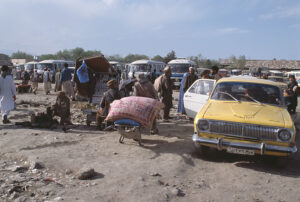
Much of the power of the story lies in its coverage of ordinary life placed in extraordinary surroundings, a man with perhaps his daughter walking home in a shelled landscape, a child running down a street, a girl with a skipping rope, a busy street market, and then scenes which in this setting are exceptional – girls going to school for the first time, women in professional roles such as teachers, roles from which they had till recently been banned.
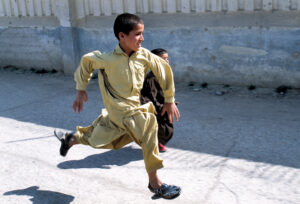 These are the everyday scenes that western audiences were not seeing through the existing media and allowed people to step into a world they may have felt was completely ‘alien’ but discovering through the images that it was not.
These are the everyday scenes that western audiences were not seeing through the existing media and allowed people to step into a world they may have felt was completely ‘alien’ but discovering through the images that it was not.
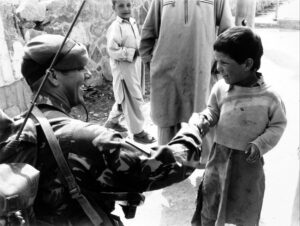
In following the soldiers, he was also able to capture moments of interaction and friendship, a coming together of east and west and what happened as a result.
The photodocumentary was circulated worldwide and presented in some of the most prestigious locations in the UK including the House of Commons and the British Library. It helped to challenge perceptions then and it is helping to do the same again now.
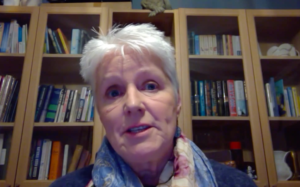
Sitakumari then introduced Lt Col (retd) Helen Wildman, who met Nick as they travelled into Kabul on the same military transport aircraft. She is featured in some of the images and was able to give an insight into the world of women and girls, an important feature of the story. She said:
‘My role in Afghanistan was as the spokesperson for ISAF, the International Security Assistance Force, and the Chief Media Operations Officer. I was co-ordinating the press offering for all the 19 nations of ISAF. Each nation had a press officer and it was important we presened a united story through the journalists. The role of ISAF was reassurance to the people of Kabul and Afghanistn, that we were there to provide stability whilst a political structure was put in place as there was none at that time. This meant patrolling the streets, meeting people, making our presence known. As the senior woman in role at the time, it was my role to liaise with as many women’s groups as well including qualified doctors, midwifes and nurses who had not been allowed to work…..’
The events of 9/11 meant two worlds which did not understand each other had been thrown together. This had remarkable life-changing consequences for ordinary people which have lasted into our current time. What happened in August 2021 has made the story relevant once again.
We hope you will want to see the full recording of the event, just click on the arrow below:
Heartstone is grateful for the support of RSA Scotland, and partnership with the Scottish Ahlul Bayt Society, Glasgow Afghan United, High Life Highland and Glasgow Life for ‘Faces of Kabul’.

